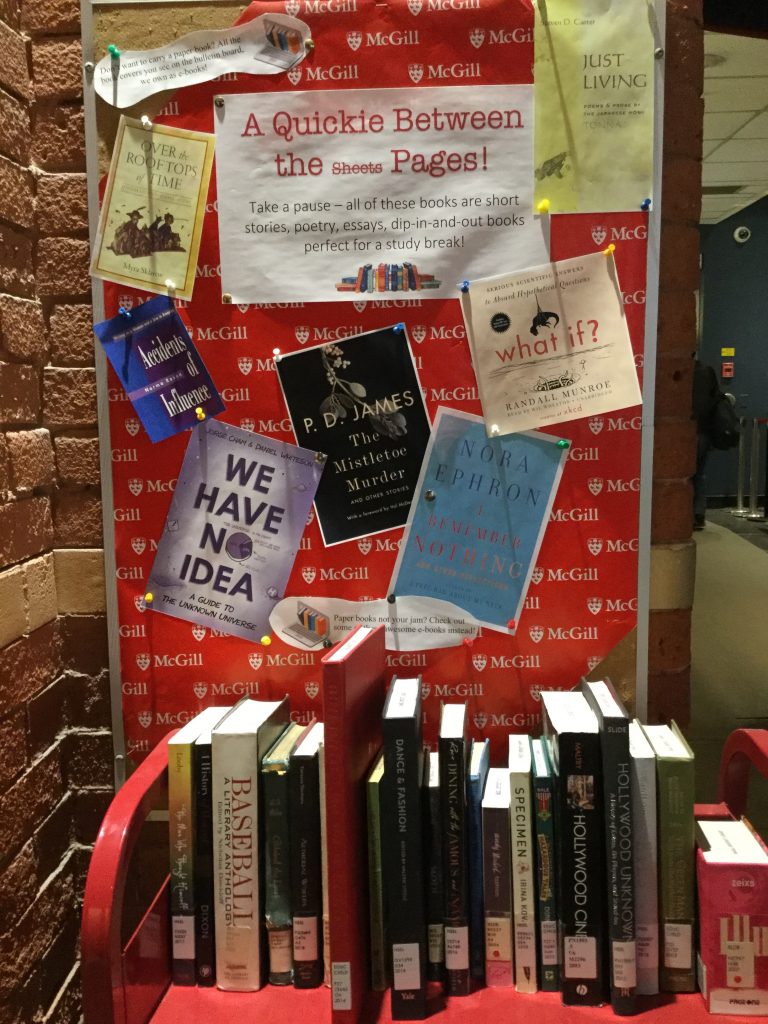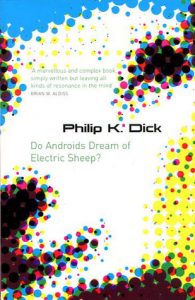A big thank you to Steve Lee and Anthony Johansen for submitting their Engineering Professional Practice (FACC 400) blog post to The Turret. This guest post will have you thinking about a future society on Mars.
Benefits and risks of Mars Colonization
Steve Lee
Anthony Johansen
Mars, also known as the Red Planet, have caught many scientists’ and engineers’ attention after rovers sent by NASA have found evidence of water on the planet in 2012. The discovery of water was very important since it indicated possibility of life on Mars, and further implies that the Earth is not the only planet where living being exists. Since then, many space agencies around the globe have sent their probes and rovers to collect more information about Mars. Recently, Mars became a popular topic again due to success of SpaceX, a private aerospace company which aims to reduce cost of space transportation and colonize Mars. Elon Musk, the CEO of SpaceX, believes colonizing Mars “is potentially something that could be accomplished in about 10 years, maybe sooner, maybe 9 years.” But despite all the efforts to make Mars colonization true, how can this benefits our society?
Establishing a colony on Mars would benefit our society in a number of ways. The first, and most notable way, is that a colony on Mars would mark the first interplanetary settlement in human history. This would be the most monumental achievement in our history to date and would likely be a point in history we would never forget. A settlement on Mars would also prove that such an endeavor is possible and pave the way for future colonizations of other planets and moons, inside our solar system as well as out.
Additionally, the world’s population growth have exponentially increased over the last centuries. United Nations projects that the world’s population will reach 9.8 billion in year 2050 and 11.2 billion in year 2100. At this fast growing rate, there is no doubt that the society will suffer due to limited resources available on Earth. However, colonization of Mars would leverage the problem by distributing the population of the Earth to Mars, and as well as improve the chances for mankind to survive in case the Earth is no longer sustainable.
Another important impact of a Mars colonization would be scientific research. As humans attempt to reach further and further into space, new and innovative advances in technology and science are required in order for us to reach these new heights. For example, since 1976 NASA has published a report every year called Spinoff which features new technologies based on research done by NASA. As of 2016, there are over 1,920 products in the Spinoff database which can be attributed to advances made by NASA researchers. A well known example is the Infrared Ear Thermometer, initially this technology was designed to measure the temperature of stars and planets across large distances, however it was eventually adapted to be used as a way to record human body temperature without direct contact with the body.
Unfortunately, as with any kind of undertaking of this magnitude, there exists risks. And while we do our best to plan for and minimize those risks, there is always a possibility of something going wrong. Some of the main risks in regard to the colonization itself lie in the environment of Mars. As Mars does not have a very substantial atmosphere, the mars colonists would need to be protected not only from the extreme weather and temperatures that can occur on Mars but also from the radiation that penetrates the atmosphere. Mars’ gravity is only 38 percent of that of the Earth and the difference affects greatly on human body. As a side effect, it causes weakness of bone and muscle, motion sickness, fluid redistribution and more.
Another element that creates risk is the human factor. Many engineers and scientists, try to make fault tolerant equipments, but sometimes a tiny little mistakes could result a great disaster. For example, on Jan 28, 1986, crews of the NASA’s space shuttle Challenger were killed during the launch due to failure of O-rings that seals the booster. It was mainly due to lack of experience launching the space shuttle in a specific environment, and lack of tests. Therefore, if the system designed for the Mars exploration have flaws, then it could lead to disasters.
Although there are risks associated to Mars colonization, there are many things that people can benefit from. As Neil Armstrong once said, the beginning of the mission will be “one small step for a man, one giant leap for mankind.”
References
Dunbar, Brian. “NASA Rover Finds Conditions Once Suited for Ancient Life on Mars.” NASA, NASA, 19 Nov. 2015, www.nasa.gov/mission_pages/msl/news/msl20130312.html.
Kelechava, Brad. “The Benefits of Colonizing Mars (Other Than Getting to Live There) – ANSI Blog.” The ANSI Blog, 4 Feb. 2019, www.blog.ansi.org/2016/10/the-benefits-of-colonizing-mars/.
“World Population Projected to Reach 9.8 Billion in 2050, and 11.2 Billion in 2100 | UN DESA Department of Economic and Social Affairs.” United Nations, United Nations, www.un.org/development/desa/en/news/population/world-population-prospects-2017.html.
Patel, Neel V. “SpaceX CEO Elon Musk Says His Company Could Have a Mars Colony by 2026.” Inverse, www.inverse.com/article/21156-elon-musk-says-spacex-could-start-a-mars-colony-by-2026.
Mars, Kelli. “The Human Body in Space.” NASA, NASA, 30 Mar. 2016, www.nasa.gov/hrp/bodyinspace.
Tate, Karl. “The Space Shuttle Challenger Disaster: What Happened? (Infographic).” Space.com, Space Created with Sketch. Space, 28 Jan. 2016, www.space.com/31732-space-shuttle-challenger-disaster-explained-infographic.html.
Steve Lee – U3 Computer Engineering student
Anthony Johansen – U2 Software Engineering student
![]()




 Today we have another guest undergraduate student post, originally submitted as a class assignment for Communicating Science (CCOM 314).
Today we have another guest undergraduate student post, originally submitted as a class assignment for Communicating Science (CCOM 314).




